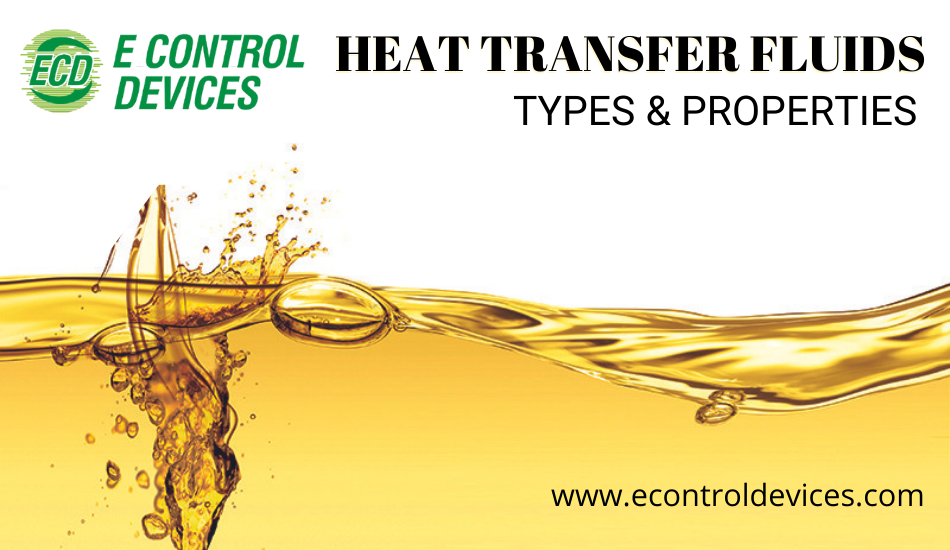Exactly How to Safely Deal With and Get Rid Of Utilized Heat Transfer Fluid
Just How Heat Transfer Liquid Adds To Sustainable and Economical Operations
In the modern-day industrial landscape, the function of heat transfer liquids (HTFs) in promoting lasting and cost-effective procedures can not be overstated. These fluids are critical in maximizing thermal administration systems, therefore significantly improving energy efficiency and reducing functional prices. heat transfer fluid. The ecological benefits of innovative HTFs, with their high thermal security and low poisoning, are obvious.
Comprehending Warm Transfer Fluids
In the realm of thermal management, warmth transfer liquids (HTFs) serve as essential agents for moving thermal power from one location to an additional. These liquids play a pivotal duty in numerous industrial applications, including chemical handling, power generation, and A/c systems.
The make-up of warm transfer fluids can vary substantially, including options such as mineral oils, artificial oils, glycols, and molten salts. Each kind uses unique benefits, such as enhanced thermal stability, low thickness, and high boiling points, which are chosen based upon particular operational requirements. The choice of HTF effects not only the effectiveness of heat transfer but likewise the longevity and security of the system in which it is utilized.
As industries continue to introduce, the growth of advanced HTFs, defined by their improved thermal conductivity and lowered environmental effect, is vital for meeting the demands of contemporary thermal monitoring obstacles.

Enhancing Power Efficiency

Improving power efficiency has actually come to be an extremely important worry throughout different markets, motivating a better examination of warm transfer fluids' function in enhancing thermal administration systems. These fluids are important to preserving the preferred temperature level in procedures, therefore minimizing power waste and improving total system performance. By picking a proper heat transfer liquid, sectors can considerably enhance their power efficiency, leading to lowered energy consumption.

Advanced formulations of heat transfer liquids have actually been established to hold up against severe temperatures while preserving stability and efficiency. Improving energy efficiency via optimal heat transfer liquid option is not just a technical requirement but additionally an environmental vital.
Reducing Operational Costs
Operational costs are a significant consideration for industries looking for to maintain affordable benefit, and the option of warm transfer liquid plays view an essential role in cost monitoring. Selecting a proper heat transfer liquid can cause significant cost financial savings by boosting system efficiency and decreasing power usage. High-performance liquids decrease thermal degradation, which subsequently minimizes the regularity of liquid replacement and downtime related to upkeep, thus lowering functional costs.
Additionally, warm transfer fluids with remarkable thermal security and rust resistance extend the lifespan of devices. This decreases the demand for constant fixings and replacements, which can be costly and turbulent to operations. By purchasing top notch fluids, markets can accomplish long-term reductions in upkeep prices and improve the dependability of their systems.
In addition, progressed warmth transfer liquids frequently exhibit lower viscosity at operating temperatures, which enhances pump performance and lowers power use in fluid blood circulation. This optimization of power usage straight translates right into reduced functional costs. Moreover, lots of contemporary warmth transfer liquids are engineered to operate successfully over a wide temperature level variety, decreasing the requirement for multiple liquid types, thus enhancing supply demands and reducing linked costs. These variables collectively add to more lasting and economical operations.
Environmental Effect Decrease
The press towards decreasing environmental effect has gotten energy in sectors leveraging warmth transfer fluids. Companies are increasingly recognizing the importance of reducing ecological footprints by embracing lasting methods. Warm transfer fluids (HTFs) play a vital function in this shift, using possibilities to boost power performance and lower exhausts. By picking HTFs with high thermal security and reduced toxicity, markets can make sure very little leakage and deterioration, thus reducing unsafe ecological releases.
Additionally, making use of advanced warm transfer liquids contributes to improved system effectiveness, lowering the general energy official website intake. This reduction not just leads to price financial savings yet also decreases carbon dioxide exhausts, helping in the battle versus climate adjustment. Fluids that are eco-friendly and recyclable additionally enhance sustainability efforts, as they diminish waste and promote round economic situation practices.
In addition, incorporating HTFs right into closed-loop systems protects against fluid loss and contamination of the surrounding atmosphere. This strategy guarantees that liquids are reused, minimizing the demand for new sources and restricting waste generation. By accepting these ecologically conscious methods, sectors can substantially reduce their ecological effect while preserving high functional efficiency, aligning pop over to this web-site with worldwide sustainability objectives and regulatory needs.
Choosing the Right HTF
Choosing the suitable warm transfer liquid (HTF) is an essential action in progressing ecological sustainability within commercial procedures - heat transfer fluid. An excellent HTF should possess a high thermal capability, low thickness, and high thermal conductivity to make sure effective warm transfer.
When choosing an HTF, it is necessary to consider its compatibility with system materials to prevent rust and chemical reactions. This guarantees longevity and reduces maintenance prices. Furthermore, the fluid should be safe and biodegradable, reducing its ecological impact and ensuring conformity with ecological guidelines. The lifecycle cost of the HTF, incorporating purchase, operation, and disposal, must likewise be assessed to ensure financial feasibility.
Verdict
